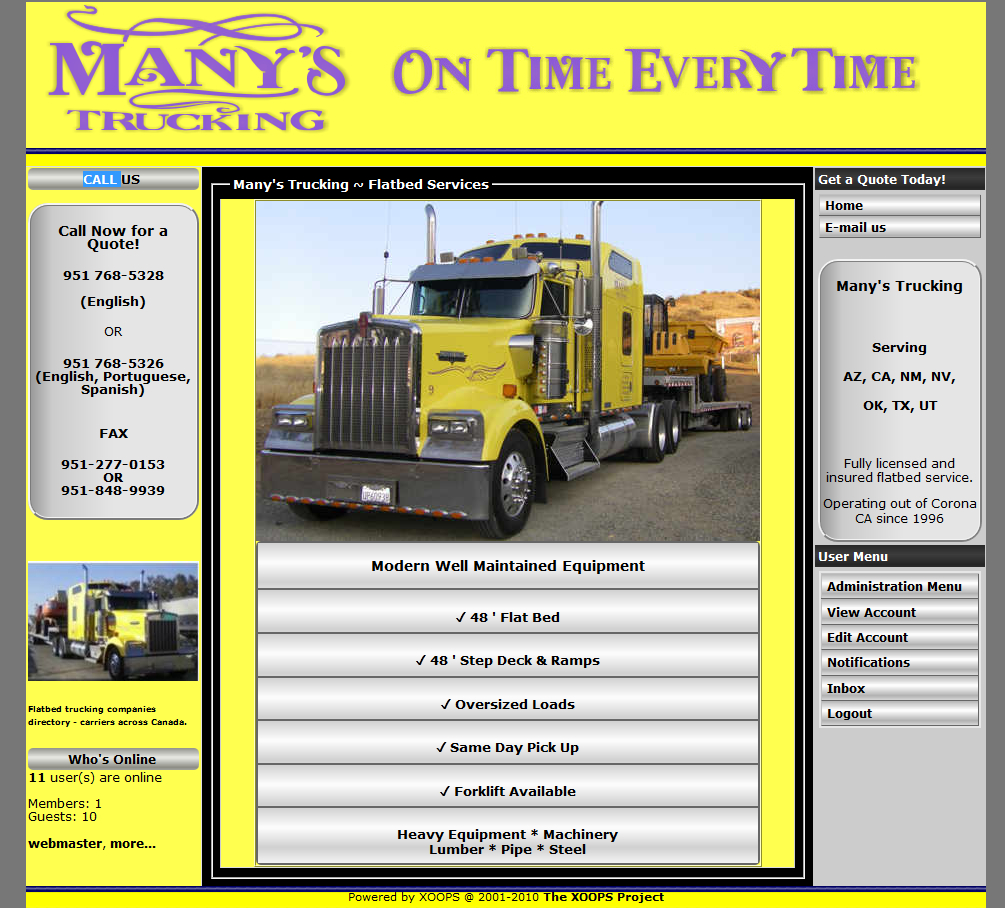Just a quick update on this subject. I would like to preface this with, I am by no means an SEO “guru” or marketer. However, I believe that to develop websites you have to to understand SEO and follow the best practices outlined by Google. So I try to incorporate current standards of optimization into both code and structure of the finished product, as well as in any content development of course.
One of the most important components of a page structure is the proper use of the “H” tags. H in this case stands for headers and its just a delightful coincidence that they are hierarchical, which is indicated by the numbers 1-6 assigned to the H (H1, H2..H6) . H1 being the most important header, and H6 being the least important. Traditional page structure has been one H1 tag per page which is followed by content that. supported by varying headers (and supporting content) of lesser importance.
The changes in the rules on the H1 tag are due to the “new” structure and elements being used in HTML5, such as article,section and aside, as this article from tutsplus.com so eloquently explains.
Perhaps along with the new algorithms being released, there will be adjustments made, but it seems that mixing up a bunch of H1 tags on the same page, might still dilute the strength of what was explained to me by a real life SEO guru, as “the funnel” focus of the search engines on link and and page structure. It would seem that when evaluating a site, the search engine moves from point one to point two and if your structure isn’t clear, the crawler might not see your site or return results the way you would prefer. If you are wondering what the Hubub is about H1, another great article, by Kelsey Jones over at Search Engine Journal to help you further understand the importance of the H1 tag in the search results and the relevance of the related content to your visitors engagement, and your stats.
Finally, If you are like me, and wish to remove the H1 tags from widget titles, you will need to override the twentyfourteen sidebars in your child-theme function.php using “unregister_sidebar”, “remove_action”, and add_action, and then re-register them with the tags that you want:
function remove_twentyfourteen_widgets(){
unregister_sidebar( ‘sidebar-1’ );
unregister_sidebar( ‘sidebar-2’ );
unregister_sidebar( ‘sidebar-3’ );
}
add_action( ‘widgets_init’, ‘remove_twentyfourteen_widgets’, 11 );
function twentyfourteen_cms3_widgets_init() {
register_sidebar( array(
‘name’ => __( ‘Primary Sidebar’, ‘twentyfourteen’ ),
‘id’ => ‘sidebar-1’,
‘description’ => __( ‘Main sidebar that appears on the left.’, ‘twentyfourteen’ ),
‘before_widget’ => ‘<aside id=”%1$s” class=”widget %2$s”>’,
‘after_widget’ => ‘</aside>’,
‘before_title’ => ‘<h3 class=”widget-title”>’,
‘after_title’ => ‘</h3>’,
) );
register_sidebar( array(
‘name’ => __( ‘Content Sidebar’, ‘twentyfourteen’ ),
‘id’ => ‘sidebar-2’,
‘description’ => __( ‘Additional sidebar that appears on the right.’, ‘twentyfourteen’ ),
‘before_widget’ => ‘<aside id=”%1$s” class=”widget %2$s”>’,
‘after_widget’ => ‘</aside>’,
‘before_title’ => ‘<h3 class=”widget-title”>’,
‘after_title’ => ‘</h3>’,
) );
register_sidebar( array(
‘name’ => __( ‘Footer Widget Area’, ‘twentyfourteen’ ),
‘id’ => ‘sidebar-3’,
‘description’ => __( ‘Appears in the footer section of the site.’, ‘twentyfourteen’ ),
‘before_widget’ => ‘<aside id=”%1$s” class=”widget %2$s”>’,
‘after_widget’ => ‘</aside>’,
‘before_title’ => ‘<h3 class=”widget-title”>’,
‘after_title’ => ‘</h3>’,
) );
}
remove_action( ‘widgets_init’, ‘twentyfourteen_widgets_init’, 11 );
add_action( ‘widgets_init’, ‘twentyfourteen_cms3_widgets_init’, 11 );






